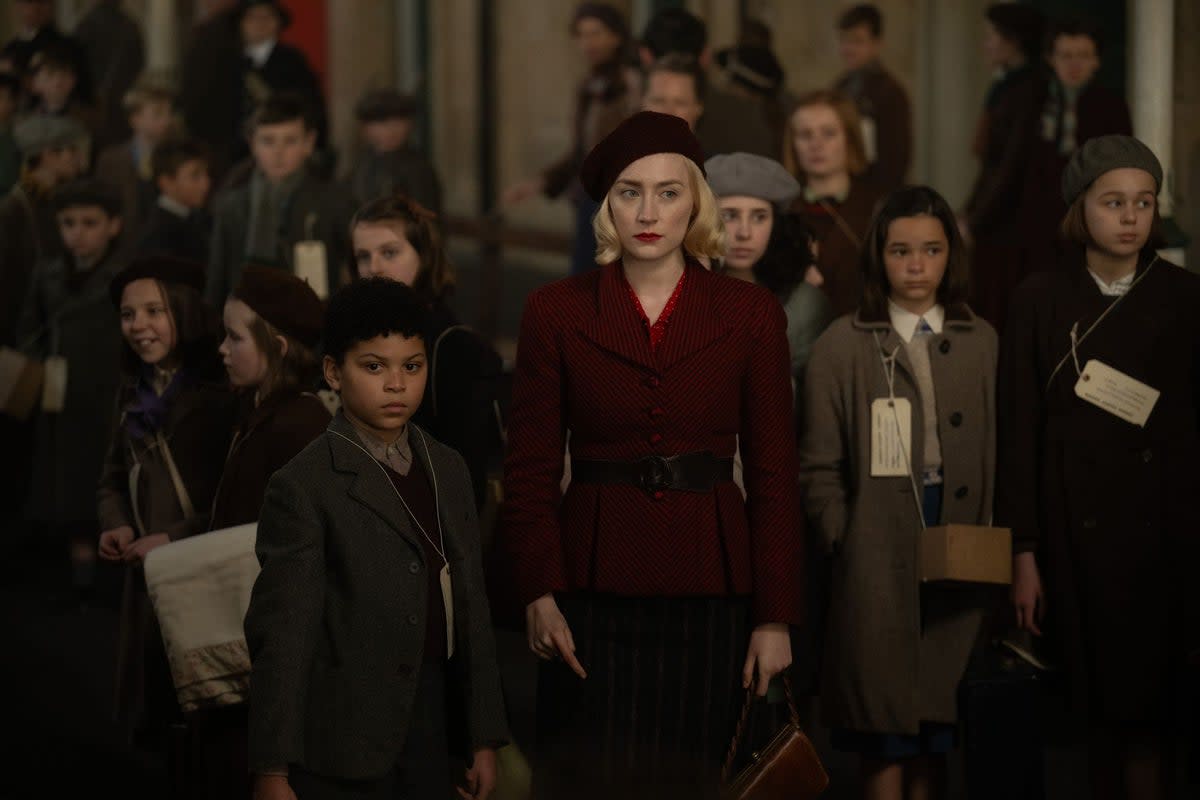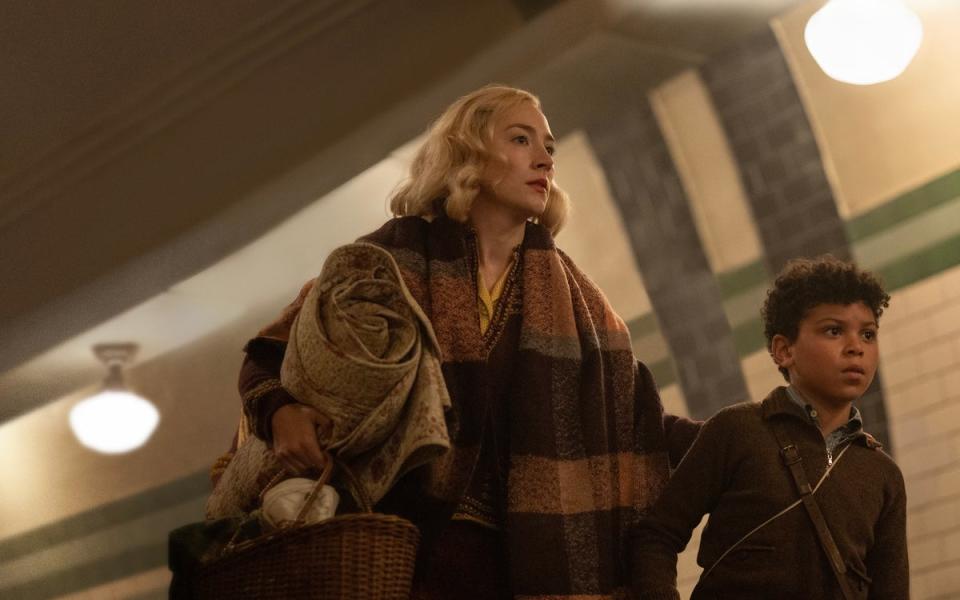Blitz at London Film Festival review: Saoirse Ronan shines in journey through war-ravaged London

A strikingly assured debut performance from child actor Elliott Heffernan anchors Steve McQueen’s latest film. Heffernan plays George, nine-year-old son of a white British mother and a Grenadian father, journeying through the Blitz-ravaged London of 1940. Eleven in real life, Heffernan is a real find, a solemn and level-eyed performer who invests our diminutive hero with pluck, hurt and a boyish zest for life.
Like many of the Oscar-winning writer-director’s earlier works, Blitz is a series of beautifully composed episodes, methodical rather than pacy. Loving detail has gone into evoking the clothes and trappings of the period, shops and underground stations, munitions factories and pubs as well as smashed and burning residential streets.
The terror of overhead death feels very present as do bursts of frenzied adult passion. A year after he analysed the impact and legacy of Nazi rule on his adopted hometown of Amsterdam in Occupied City, it’s fascinating to see McQueen unpack the pivotal modern trauma of his birthplace, London.
The idea that Britain “stood alone” against Nazism in 1940 – and that “London Can Take It”, as an Evening Standard placard states in an early scene – is a key part of the myth of British grit and exceptionalism, used to promote right-wing causes from Brexit to the reintroduction of National Service. But as a title card tells us at the start, countless Commonwealth soldiers and civilians fought and suffered alongside white Britons.

George lives happily in cockney Stepney with his mother Rita (Saoirse Ronan, as excellent as she is ubiquitous, mostly shot here from below chin level to showcase her birdwing cheekbones) and grandfather (Paul Weller, surprisingly good).
The boy’s father, we later learn, was deported to the Caribbean after a run-in with white racists before he was even born. George is mates with white kids but racial slurs are never far from their lips. Angry at being evacuated to the country, he jumps off the train and works his way back to the East End.
Like Oliver Twist, he meets with both kindness and cruelty. A kindly, dignified air warden played by Benjamin Clementine (who has even finer bone structure than Ronan) looks after him and gets to deliver a homily to a white Londoner miffed at sharing a shelter with Sikhs and Jews: “There is no segregation here… this is exactly what Hitler is doing.”
Later George is co-opted into a ghoulish criminal gang led by Stephen Graham and Kathy Burke, which leads to one of the most striking scenes. We first see rich Londoners living it up to an orchestra in a West End nightclub: next, Graham and co are ripping jewelry from their lifeless corpses, after a bomb shockwave blew out the entire crowd’s lungs.
Later still, George becomes the hero of a version of the 1940 Balham tube disaster – here relocated to London Bridge – where 66 sheltering people drowned when a direct hit fractured a water main.
This isn’t a polemic, more a gentle corrective to a dominant, partial narrative, told through the eyes of the irrepressible George and his distraught mother. There are nice, unshowy cameos from Hayley Squires and Harris Dickinson. It’s not McQueen’s finest film but it’s streets ahead of wartime schmaltz like Darkest Hour.
In cinemas from November 1

 Yahoo Movies
Yahoo Movies 
